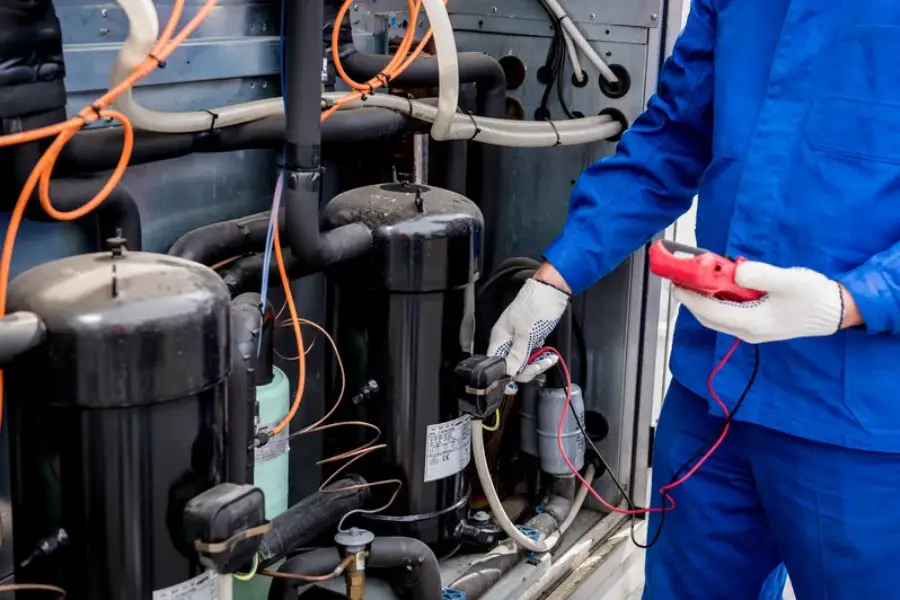The Importance of Maintaining Welding Tools for Longevity
Welding tools are crucial in various industries, from automotive to construction. These tools ensure precision and strength in metalwork projects. However, constant use can lead to wear and tear, reducing their lifespan and efficiency. To make the most out of these investments, it’s vital to understand how proper care and maintenance can extend their usability. This article will guide you through essential practices that focus on preserving the longevity of your welding equipment.

Understanding the Benefits of Regular Maintenance
Regular Equipment Repair is essential for maintaining optimal performance and extending the life of welding tools. By addressing minor issues promptly, you can prevent major failures and costly replacements. Scheduled inspections help identify wear patterns early, allowing for timely interventions. Furthermore, a well-maintained tool operates more efficiently, saving energy and time during projects. Consistent upkeep not only enhances productivity but also ensures safety by reducing the risk of accidents caused by faulty equipment.
Common Challenges Faced in Welding Tool Upkeep
Maintaining welding tools comes with its own set of challenges. One significant issue is the accumulation of debris and rust over time, which can impair functionality. Another problem is the misalignment or damage to moving parts due to frequent use. Sometimes, lack of access to quality replacement parts can hinder effective repairs. These challenges can affect your project’s timelines and budgets if not handled correctly.

Effective Solutions for Prolonging Tool Lifespan
Addressing these challenges requires strategic solutions. Implementing routine checks as part of your Equipment Repair schedule helps catch problems before they escalate. Utilizing high-quality lubricants prevents rust and eases component movement. Investing in genuine parts ensures better fit and function when repairs are necessary. Additionally, training staff on proper usage techniques minimizes unnecessary strain on tools.
Best Practices for Maintaining Your Welding Tools
For optimal results, adhere to industry best practices:
- Conduct regular cleaning sessions to remove debris
- Check for signs of wear and tear after each project
- Store tools in a dry environment to prevent rust
- Use protective gear to minimize exposure to harsh conditions
- Follow manufacturer guidelines for repairs and maintenance
Industry Standards and Compliance Requirements
The welding industry adheres to specific standards to maintain quality and safety. Compliance with these standards ensures your tools meet operational benchmarks. For instance, using certified materials and following regulated repair protocols guarantee consistency and reliability. Staying informed about updates in these standards helps you stay ahead in ensuring your tools’ durability and effectiveness.
Considering Costs Associated With Repairs
The cost of Equipment Repair varies based on several factors, including the tool’s age, extent of damage, and required parts. Although initial expenses might seem high, investing in quality repairs offers long-term savings by extending the tool’s life span and reducing downtime. Calculate the return on investment by considering reduced replacement costs and improved operational efficiency over time.
Final Steps for Maximizing Welding Tool Longevity
Implementing these strategies will significantly enhance the lifespan of your welding tools. Ensure regular maintenance schedules are adhered to and invest in training programs for your team. Located in Ventura, CA, our expertise at Gear Heads Fabrication & Equipment Repair covers all aspects of maintaining welding tools efficiently. Contact us at (805) 793-6636 today for personalized advice on keeping your equipment in top-notch condition.
